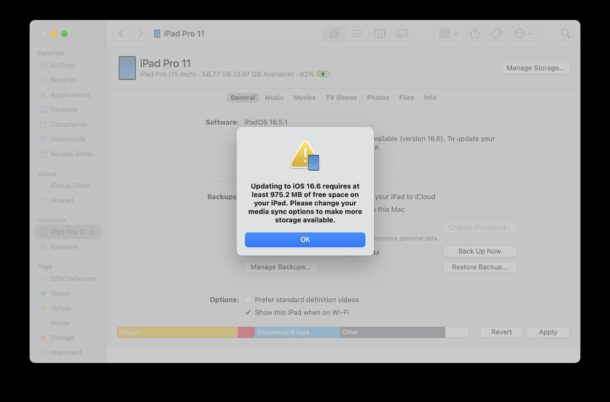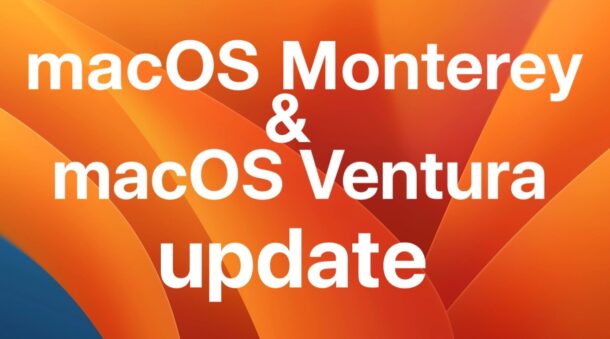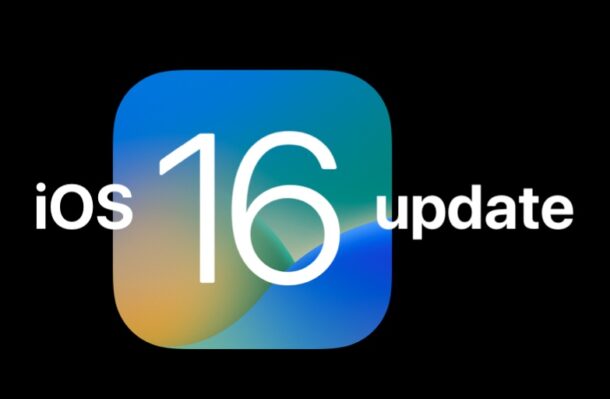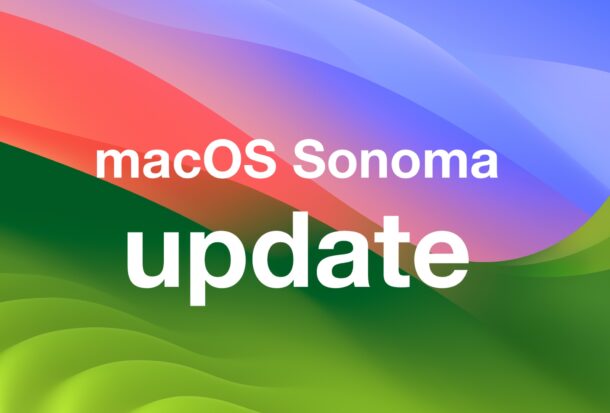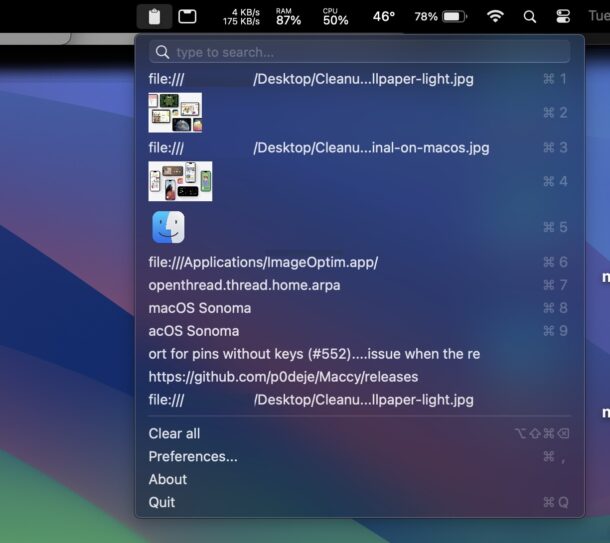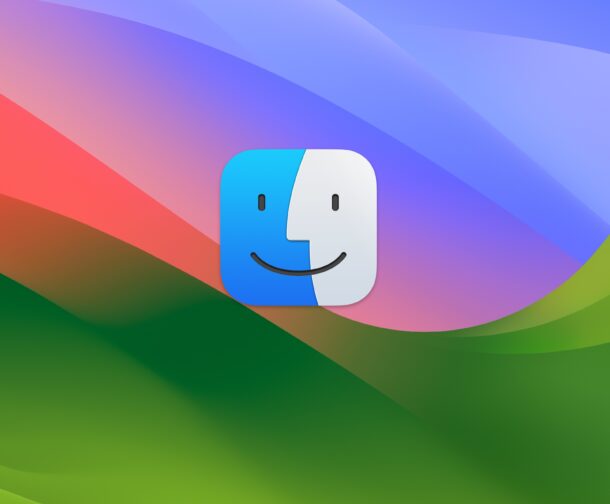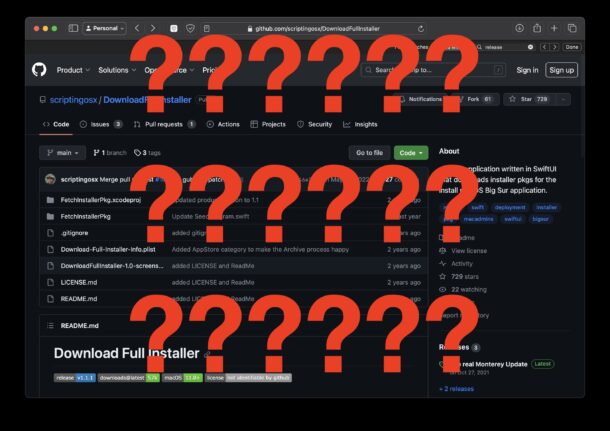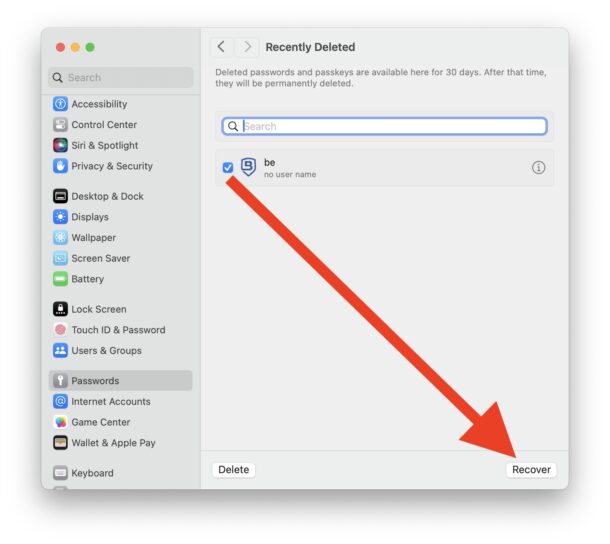Can you Wear Apple Watch on Ankle?
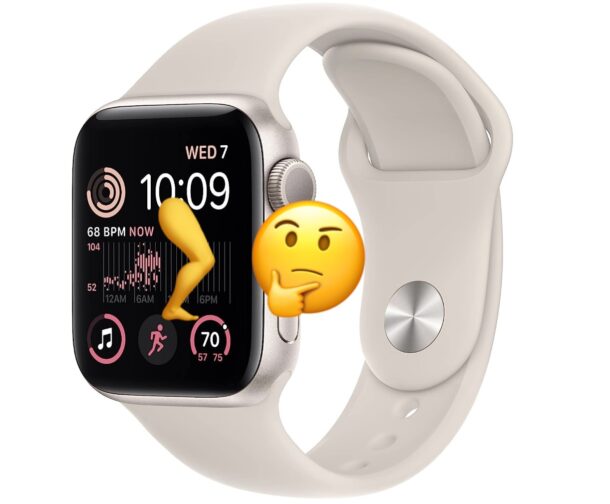
Many Apple Watch users are curious if it’s possible to wear the Apple Watch on their ankle. Whether this is because they can’t wear the Apple Watch on their wrist, or because they’re wearing gloves or hand coverings, or participating in other activities where wearing a watch is not possible or allowed, wearing an Apple Watch on the leg or ankle is a commonly asked question, and a completely reasonable one to ask.
Let’s take a look at what is known about wearing Apple Watch on the ankle or leg.

